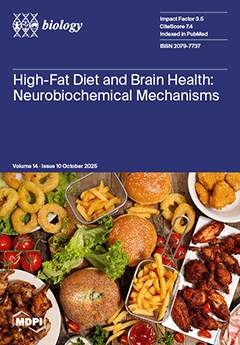Reproductive and growth traits are key economic traits in sheep. This study aims to identify key single nucleotide polymorphisms (SNPs) and candidate genes associated with reproductive and growth traits in Tianmu polytocous sheep through a genome-wide association study (GWAS). The findings are expected to provide both a theoretical foundation for molecular breeding in this breed and novel insights into the genetic basis of ovine reproductive and growth performance. This study took 483 adult Tianmu polytocous ewes as the research subjects, collected their lambing records, measured their phenotypic values of growth traits (3 weight and 11 body size traits), and collected their blood samples for whole-genome resequencing to identify SNPs in the Tianmu polytocous sheep genome. The results identified a total of 9,499,019 (3× coverage) and 27,413,216 (30× coverage) high-quality SNPs in the Tianmu polytocous sheep genome. Subsequently, the association analysis between SNPs and reproductive and growth traits was conducted using a mixed linear model. A total of 92, 66, 18, 28, 6, 42, 3, 3, 6, 1, 12, 3, 22, 8, 6, and 3 SNPs were found associated with litter size at first parity, litter size at second parity, litter size at third parity, litter size at fourth parity, birth weight, weaning weight, body height, withers height, body length, head length, head width, cannon bone circumference, forelimb height, chest girth, chest depth, and withers width, respectively. Further, based on SNP annotation, Gene Ontology (GO) and Kyoto Encyclopedia of Genes and Genomes (KEGG) enrichment analysis, candidate genes associated with the reproductive and growth traits were identified. Among these genes, 11
LOC,
DEPTOR,
GNG12,
GRM7,
PTH,
PTH2R,
WWOX,
INHA, and
NRG3 are candidate genes associated with litter size at first parity or litter size at third parity. These genes are involved in the G protein-coupled receptor signaling pathway, G protein-coupled receptor activity, ovarian tissue development, and hormone secretion. Additionally,
TFRC and
NTN1 are candidate genes associated with birth weight, while five
UGT1A and
CASR are candidate genes associated with weaning weight. These candidate genes are primarily involved in lipid metabolism. Finally, the following genes were identified as candidates associated with specific traits:
DLG2,
TMEM126A, and
TMEM126B with body height;
DSCAM and
SCN8A with body length;
BARX1 with cannon bone circumference; four
LOC genes with forelimb height;
EPHA4 with chest depth; and
MRS2 with withers width.
Full article






